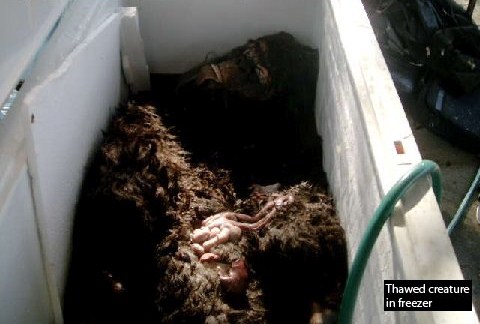The Swedish government has announced plans to clamp down hard on religious education. It will soon become illegal even for private faith schools to teach religious doctrines as if they were true. In an interesting twist on the American experience, prayer will remain legal in schools - after all, it has no truth value. But everything that takes place on the curriculum's time will have to be secular. "Pupils must be protected from every sort of fundamentalism," said the minister for schools, Jan Björklund.
Creationism and ID are explicitly banned but so is proselytising even in religious education classes. The Qur'an may not be taught as if it is true even in Muslim independent schools, nor may the Bible in Christian schools. The decision looks like a really startling attack on the right of parents to have their children taught what they would like. Of course it does not go so far as the Dawkins policy of prohibiting parents from trying to pass on their doctrines even in their own families - and, if it did, it would certainly run foul of the European convention on human rights. It does not even go as far as Nyamko Sabuni, the minister for integration - herself born in Burundi - would like: she wanted to ban all religious schools altogether. But it is still a pretty drastic measure from an English perspective.
In the background to these announcements comes the release of a frightening documentary film on Swedish jihadis, which follows young men over a period of two years on their slow conversion to homicidal lunacy.
IMNSHO, I think this is pretty sensible. As I've said before, the opposite of radical extremism from one religion is NOT radical extremism from another religion -- it's critical thinking.
More.









